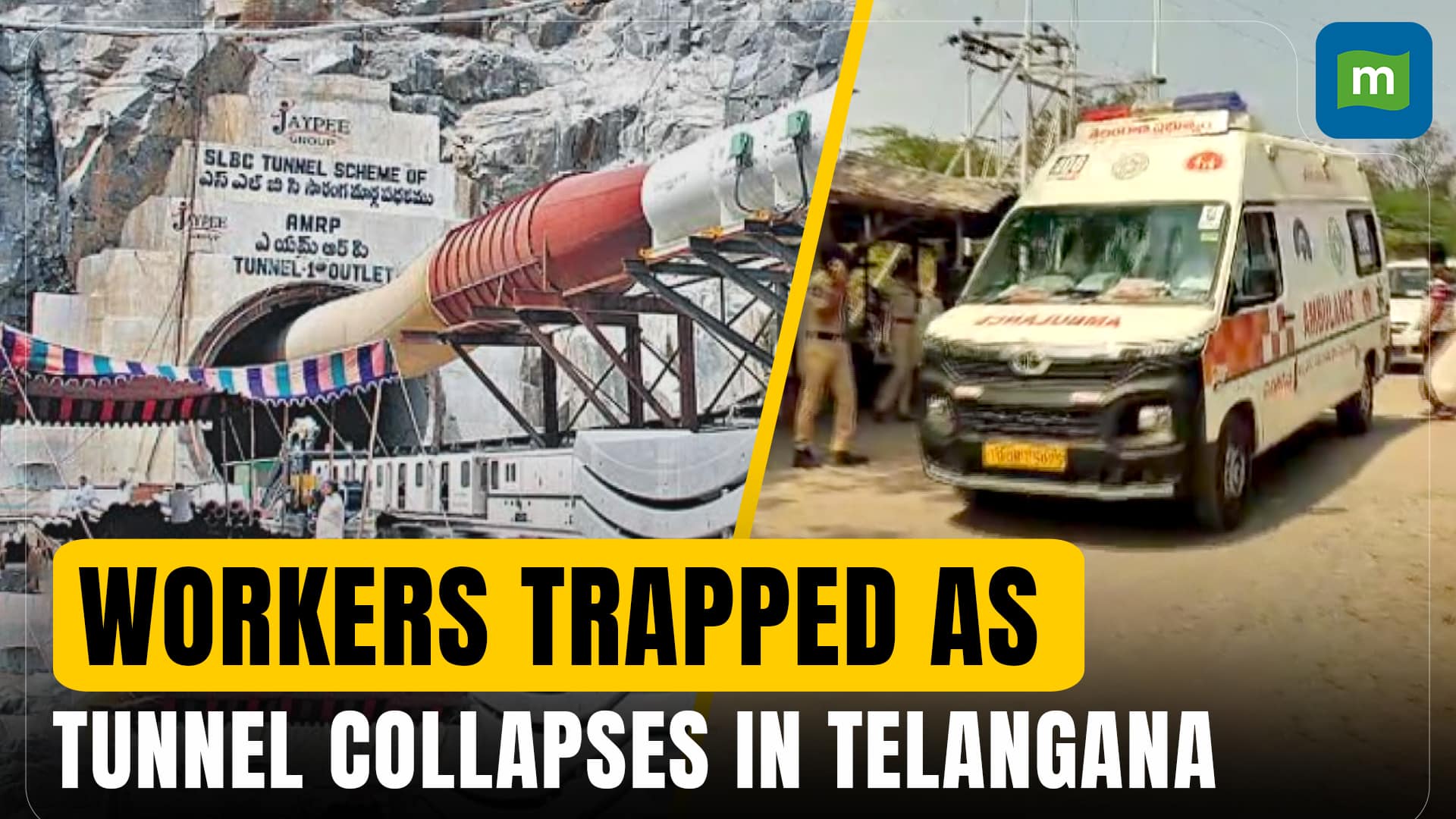
A couple of years ago the offshore drilling-OSD, industry appeared to be on the cusp of a significant rebound. Shares of the big drilling contractors reached post-Covid highs as day rates for high spec, 7 th Generation drill ships crested $450K. Positive cash flow began to accrue, and EPS forecasts rose, pushing share prices for these companies higher.
It was as if the industry had turned a corner, and the prospect of a long-delayed offshore investment cycle was just ahead. The radius of the corner turned out to be a bit more obtuse than initially anticipated, and shares of the OSDs have cratered as the investment cycle has been deferred. I discussed the thesis behind the need to replace reserves that faced the big, International Oil Companies, or IOCs, that would propel this cycle in an in July of last year.

It focused on Noble’s (NYSE:NE) acquisition of Diamond Offshore, (old symbol DO), but laid out in detail a rationale for capex returning to deep water drilling. You might give that a read for a deeper treatment of this scenario. In this article, we are going to discuss the factors that have pushed the onslaught of anticipated capital outlay for deep water development to the right.
According to most industry players, this move to the right could take us into 2026 or later, before we finally round the corner. Anton Dibowitz, CEO of Valaris Corp, (NYSE:VAL) commented bullishly in their on their view toward the industry’s much-anticipated increase in activity- “We maintain our conviction in the strength and duration of this upcycle, and we believe Valaris is well positioned to drive long-term value creation. While we have seen some customer demand deferred, the pipeline of future opportunities in 2026 and beyond remains robust.
” It would probably help to understand that deepwater projects are done in stages. The subsea infrastructure that usually follows project sanctioning to support production is all long-lead-time hardware with sophisticated manufacturing specifications and attendant supply chain implications. There are only a few providers of this equipment and choke-points can result as the order books fill up.
One of the big impediments to a big drilling ramp up is the lead time for new FPSO’s-the principal method of offtake for subsea wells. A has led to the shipyards that built them being backlogged for several years. FPSOs usually enter the field when enough of the wells are completed to start production efficiently.
That being the case the drillships that are used to build the wells are timed to achieve cost optimization. This last point was discussed in Valaris Ltd’s third-quarter call. Anton Dibowitz, CEO commented in response to an analyst’s question- “This year, we have seen a year-over-year decline in the pace of contracting and a meaningful amount of customer demand being deferred into 2026.
The primary drivers of these deferrals are availability of production equipment, delayed FPSOs, protracted regulatory approvals and customers' capital discipline.” The case for a rebound in deep water activity commencing in the near future rests not only on the timing of developmental project start-ups but a return to exploration. The graph below from a , a leading energy consulting firm highlights the companies and countries where capital is likely to be deployed in a search for new reserves of oil and gas in the coming years.
Wood Mac noted in their report that some previously held geological concepts about the “heat kitchens” for the conversion of oil precursor, kerogen to useful oil and gas, being lacking in far-offshore, deep waters had been revised following recent discoveries in Guyana and West Africa. We think as a final point in support of a rebound in drilling activity in deep water basins the lack of reserve replacement over the last decade by the surviving Super Major IOC’s will show up in that time frame as well. that in 2024 the total recoverable global reserves of 1.
5 trillion barrels declined by 52 bn barrels from 2023. Drilling onshore and offshore has been challenged over the past decade. With shale activity technology improvements that have been discussed previously, the drilling rigs required to sustain production have been over the last several years.
It is arguable if a substantial recovery in the sector is likely to happen in a foreseeable time frame. Offshore, and in particular, deep water projects were deferred for a number of reasons. Among the reasons, are the capital cost required to bring them online, and the fear of reserves being stranded in the event of a true energy transition that would render them unneeded.
in their blog post- “Our estimates of total recoverable oil resources have fallen by 700 billion barrels since 2019 due to reduced exploration activities. Exploration has fallen as investors fear new discoveries will remain stranded due to the ongoing electrification of vehicles and the expected slump in both oil demand and crude prices.” What we are learning now is the energy transition was a narrative that was adopted as a fact, and is .
Oil companies are recommitting to increased exploration to replace diminishing reserves that are now viewed as being absolutely critical to global energy security. But the question of timing still remains for the drillers. I think now we understand that choke points have caused part of the delay in the pickup in deep water drilling that was anticipated for 2024/5.
Capital restraint in an uncertain investing environment also played a role and could continue into 2025. With the trends we are seeing now, and recent commentary in Noble Corporations, NYSE:NE) fourth-quarter report, that the rebound thesis for 2026 may be stretched further out and investors should probably take note of this when considering entry points into the OSDs for the eventual rebound. Robert Eifler, CEO of Noble commented in their on their medium-term outlook for the industry- “Fundamental drivers for our business are durable in nature, and therefore this recent contracting lull that has pushed things out to the right by a year or two is very likely to be self-correcting before long.
And just to state it, nothing has changed in our medium and long-term view about that demand for our services.” Hopefully the case we have made for a recovery in deep water drilling plays out sooner than later. In that scenario, we think the entry points that now present themselves will stand the test of time.
In particular we like the present case for Noble Corp, the leading provider of 7 th Generation Drillships to the industry. Day rates for these rigs are over $500K per day, contributing to positive cash flow that sustains an attractive 7.2% yielding quarterly dividend and an ongoing stock buyback program that will increase the intrinsic value of Noble shares.
By David Messler for OIlprice.com.















